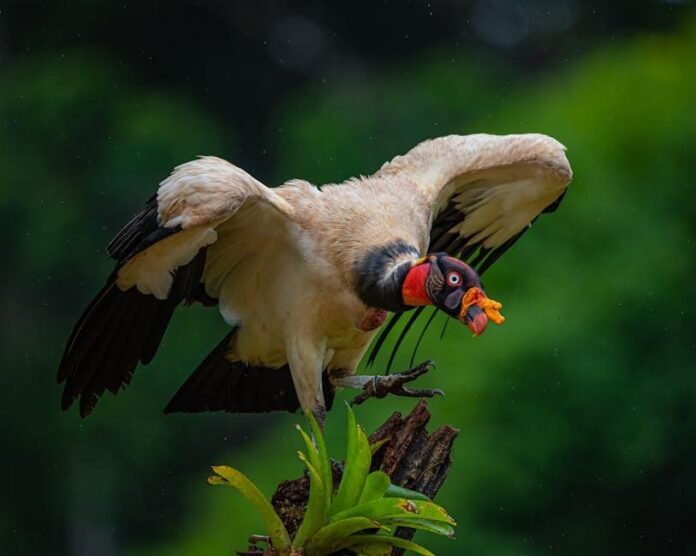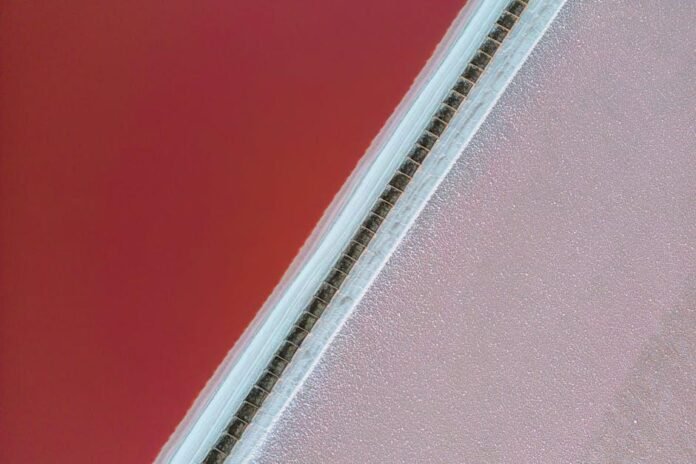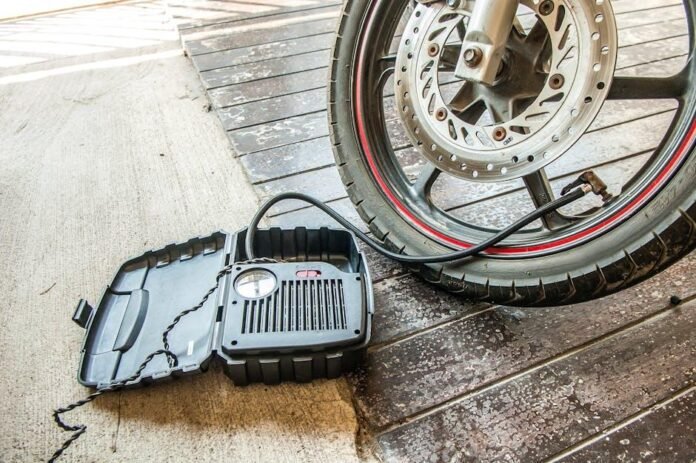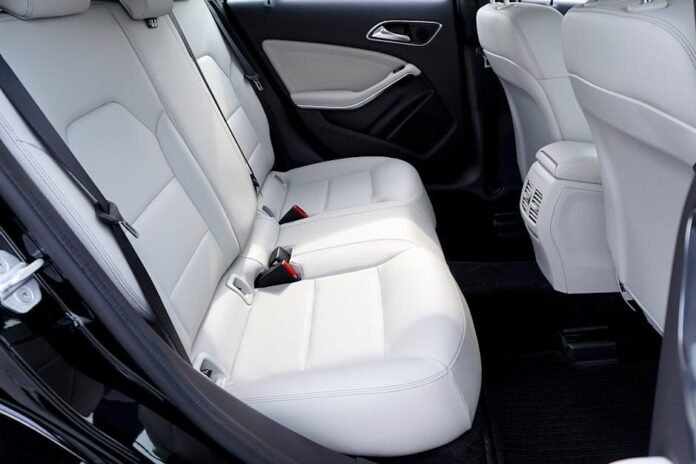Title: A Gentle Approach to Removing Bird Droppings: Protecting Your Paint with Care
Introduction:
As the sun rises and casts a warm glow over your property, the beautiful colors of your paint shine in it’s light—until an uninvited visitor leaves its mark. Bird droppings can be an unsightly nuisance, tarnishing not only the aesthetic appeal of your home but perhaps damaging the very surface that so carefully reflects your style. Yet, while these droppings may seem like a trivial inconvenience, the act of removing them can be a delicate process that requires caution and care. In this article, we’ll guide you through the step-by-step methods to safely eliminate bird droppings from your paint, preserving the integrity of your exterior while ensuring a clean and tidy look. With the right tools and techniques, you can restore your home’s beauty without fear of harm, making the task not just manageable but rewarding. Let’s dive into the world of paint-friendly bird dropping removal and reclaim your home’s charm with ease!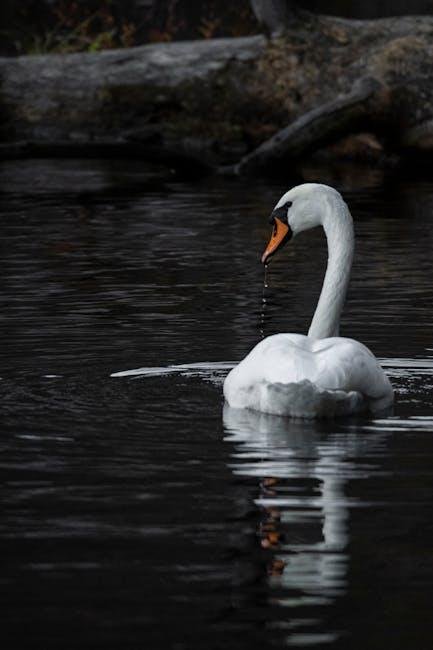
Understanding the Composition of Bird Droppings and Its Impact on Paint
Bird droppings are not just an unsightly nuisance; they are a complex mixture of organic and inorganic substances that can vary considerably in their composition.Primarily, bird excrement consists of uric acid, urates, and undigested food particles, which can contribute to its caustic nature. The uric acid is the primary culprit that can damage paint,as it is highly acidic and can lead to bubbling,fading,and etching if not cleaned promptly. Additionally,the droppings may contain bacterial and fungal spores,which can further complicate their impact on your vehicle’s exterior or home siding.
Understanding the composition of bird droppings is essential for effective remediation to prevent costly damage to painted surfaces. Here are some key points to consider:
- Uric Acid: The acidic component that can etch surfaces.
- food Particles: Can lead to stains and attract pests.
- Bacterial Content: Potentially harmful and may require careful cleaning.
When dealing with bird droppings, timing is critical. Removing the droppings soon after they land will help protect the paint underneath:
| Time After Dropping | Potential Damage |
|---|---|
| 0-24 Hours | Minimal,easily cleaned |
| 1-3 Days | Beginning etching,mild staining |
| 3 Days+ | Severe damage,difficult to remove |

Essential Tools and materials for Effective Cleanup
To effectively tackle the challenge of removing bird droppings from your painted surfaces, it’s essential to equip yourself with the right tools. Start with soft-bristled brushes to gently lift away droppings without damaging the paint.Keep a plastic scraper handy for stubborn spots, as it provides leverage without scratching. In addition, microfiber cloths are invaluable for absorbing any cleaning solutions you use and for wiping down surfaces without leaving lint behind. It’s also advisable to have a bucket and garden hose on hand for rinsing and dilution.
For the cleaning solutions, consider using gentle dish soap, which is effective yet safe for most paint types. You might also need a specialized paint-safe cleaner for more resilient stains. Be sure to wear rubber gloves to protect your hands, and if you’re dealing with high surfaces, a safety ladder is indispensable for reaching difficult spots. Below is a simple comparison of cleaning solutions you might consider:
| Cleaning Solution | effectiveness | Paint Safety |
|---|---|---|
| Dish soap and Water | Moderate | High |
| Vinegar Solution | High | Moderate |
| Commercial Paint Cleaner | Very High | Varies |
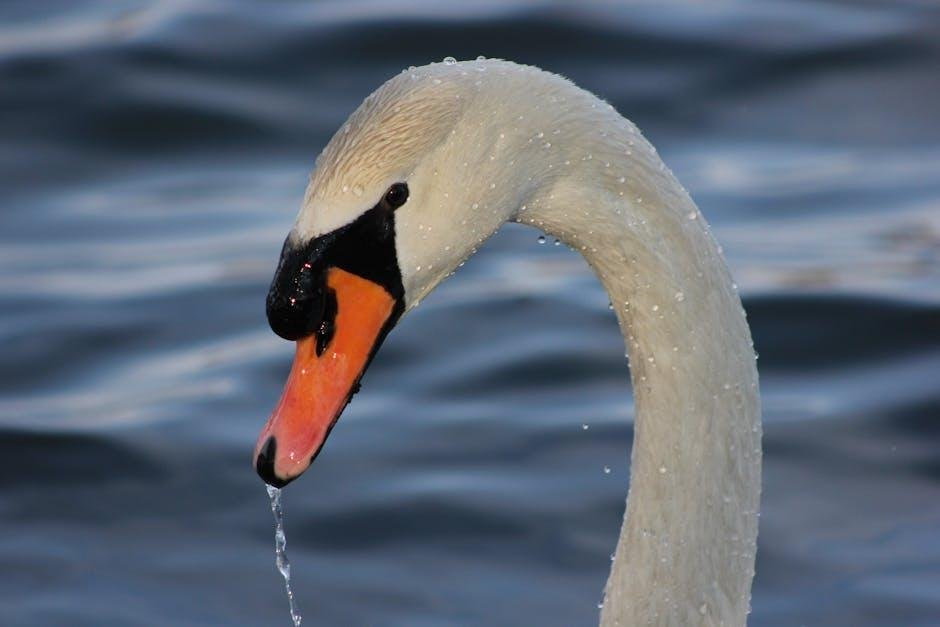
Step-by-Step Guide to Safely Remove Droppings Without Damage
Removing bird droppings from your painted surfaces can be a delicate task,but with the right approach,you can restore your area without causing any damage. Start by gathering the necessary materials,ensuring you’re equipped for the job.Key tools include:
- Soft cloths or sponges
- A bucket of warm, soapy water (mild dish soap works well)
- An old toothbrush or a soft-bristled brush
- Rubber gloves for hygiene
- A spray bottle
Before diving in, it’s essential to let the droppings dry to prevent smearing. Once dried, gently scrape off as much as possible using a plastic scraper to minimize abrasion on the paint. Always remember to work from the outside in to avoid spreading any residues.
Next, dampen your cloth or sponge with the soapy water and gently wipe the area, being cautious not to scrub too hard. For tougher spots, a soft-bristled brush can help lift the debris without harming the paint.Vital tips to keep in mind:
- Test any cleaning solution on a small, inconspicuous area first.
- Rinse the area with clean water afterward to remove soap residue.
- If any stains remain, consider using a specialized paint-safe cleaner designed for such situations.
Following these steps will ensure your painted surfaces remain intact and pristine while effectively addressing the unpleasant issue of bird droppings.
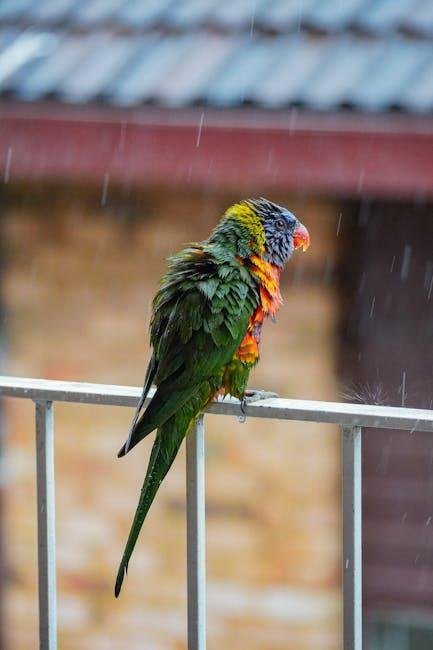
Preventive Measures to Protect Your Paint from Future Droppings
To ensure your vehicle or property remains pristine and safe from future avian mishaps, implementing a few preventive techniques can make a significant difference. Start by applying a high-quality protective wax or sealant to your paintwork. This acts as a barrier, reducing the likelihood of droppings adhering to the surface. Additionally, consider investing in a car cover or using tarps for outdoor furniture and features when not in use. These simple coverings provide physical protection from potential droppings, especially during peak bird activity seasons.
Another effective method is the strategic placement of bird-proofing devices. These can include visual deterrents such as reflective tape or plastic owls, which create an unwelcoming environment for feathered visitors. If you’re dealing with persistent problems, setting up bird feeders further away or planting specific flora that attracts birds in distant locations might redirect their focus. Below is a simple overview of suggested preventive measures:
| preventive Measures | Description |
|---|---|
| Protective Wax | Forms a barrier to prevent droppings from sticking. |
| Car Covers | Physical shield for your vehicle or items. |
| Visual Deterrents | creates an unwelcoming environment for birds. |
| Strategic Bird Feeders | Redirects birds to other areas. |
To Conclude
while encountering bird droppings on your freshly painted surfaces can be an unwelcome surprise, handling the situation doesn’t have to be a daunting task. By following the steps outlined in this guide, you can remove these unsightly blemishes safely and effectively, preserving the integrity of your paintwork.Remember,the key lies in acting quickly,using the right tools,and employing gentle techniques to ensure your exterior remains as pristine as the day it was painted. With a bit of care and attention, you can keep your home looking its best, allowing your creative touch to shine through without the unsightly interruption of nature. So,embrace your role as both a homeowner and a steward of your surroundings,and let those vibrant hues return to the forefront.Happy cleaning!
